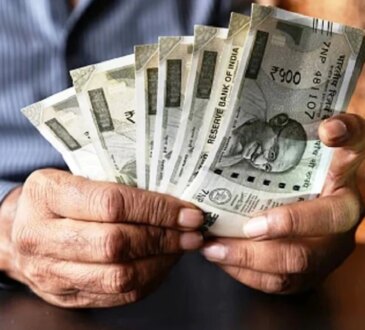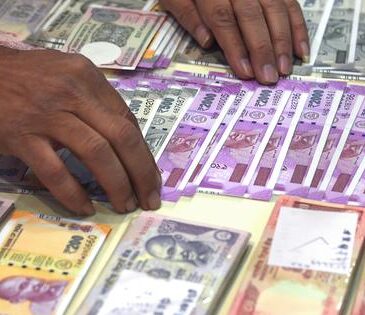THE dollar strengthened on Friday (May 16) after the latest round of economic data showed a rebound in import prices while consumer sentiment remained subdued as tariff worries jumped, putting it on pace for a fourth straight weekly advance.
The US Labor Department said import prices gained 0.1 per cent last month after dropping 0.4 per cent in March as a jump in the cost of capital goods outweighed cheaper energy prices. Economists polled by Reuters had forecast import prices, which exclude tariffs, would decrease 0.4 per cent.
The dollar began to strengthen after a separate reading from the University of Michigan Surveys of Consumers showed its Consumer Sentiment Index dropped to 50.8 this month, below the 53.4 estimate, from a final reading of 52.2 in April. In addition, the 12-month inflation expectations of consumers shot up to 7.3 per cent, the highest level since November 1981, from 6.5 per cent.
The greenback began last week with a surge of more than 1 per cent on Monday after the United States and China announced a 90-day pause on most of the tariffs imposed on each other’s goods since early April, easing fears of a global recession, but had been trending lower throughout the week in part due to tepid economic data.
“There’s all this data, but the headlines are taking over,” said Juan Perez, director of trading at Monex USA in Washington.
“The issue with (trade) developments is that they’re just happening a whole lot faster, and the ongoing, never-ending lack of guidance for the future continues. Meanwhile, we’re looking at data that is not truly reflecting all of the anxiety that we’ve really been living through.”
BT in your inbox

Start and end each day with the latest news stories and analyses delivered straight to your inbox.
The dollar index, which measures the greenback against a basket of currencies, rose 0.36 per cent to 101.13, with the euro down 0.37 per cent at US$1.1146. The greenback is up about 0.7 per cent on the week, which would mark its biggest weekly gain in about two-and-a-half months, while the euro is down 0.9 per cent on the week, and on track for its biggest weekly decline since early February.
The greenback is still down nearly 3 per cent since Apr 2, when US President Donald Trump announced his spate of tariffs on countries around the globe.
“The very idea that trade is not getting away from turbulence continues to affect the long-term faith in the dollar,” said Perez. Markets have dialled back expectations for rate cuts from the US Federal Reserve this year as a result of the signs of easing trade tensions, pricing in a 67.1 per cent chance for the first cut of at least 25 basis points at the central bank’s September meeting, according to LSEG data. The prior view was for a likely cut in July.
Recent comments from Fed officials have indicated the central bank needs more data to determine the impact of the tariff announcements on prices and the economy before adjusting policy. Against the Japanese yen, the dollar strengthened 0.16 per cent to 145.89. Japan’s economy shrank for the first time in a year and at a faster pace than expected, data for the March quarter showed on Friday.
The dollar was up 0.4 per cent last week against the yen. Japanese Finance Minister Katsunobu Kato said he would seek to discuss foreign exchange issues with US Treasury Secretary Scott Bessent on the understanding that excessive currency volatility is undesirable, and hopes to meet with Bessent this week. REUTERS




